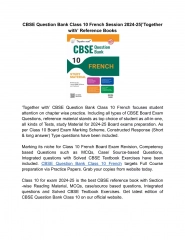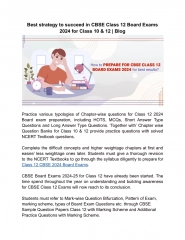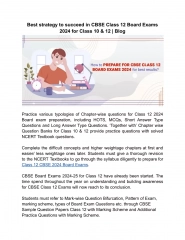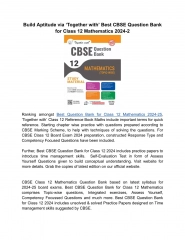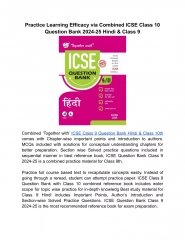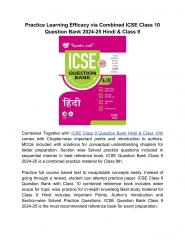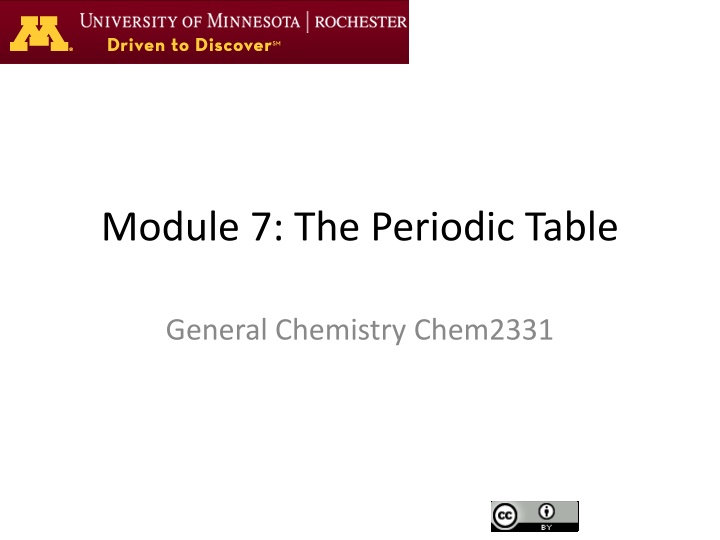
Understanding Factors Affecting Orbital Energies in Chemistry
Explore the factors influencing orbital energies in chemistry, including electron repulsions, nuclear charge, shielding, and more. Learn about trends in atomic size, ionization energy, electron affinity, and electronegativity, and understand the impact on stability and attraction within atoms.
Download Presentation

Please find below an Image/Link to download the presentation.
The content on the website is provided AS IS for your information and personal use only. It may not be sold, licensed, or shared on other websites without obtaining consent from the author. If you encounter any issues during the download, it is possible that the publisher has removed the file from their server.
You are allowed to download the files provided on this website for personal or commercial use, subject to the condition that they are used lawfully. All files are the property of their respective owners.
The content on the website is provided AS IS for your information and personal use only. It may not be sold, licensed, or shared on other websites without obtaining consent from the author.
E N D
Presentation Transcript
Module 7: The Periodic Table General Chemistry Chem2331
Module 7: Outline Module 7 Session 2 1. Energy of interacting particles (separate slides) 2. Trends in atomic size 3. Trends in ionization energy 1. Half-full shell 2. Consecutive ionizations 4. Trends in electron affinity (skipped) 5. Trends in electronegativity 6. Metallic behavior 7. Metalloids 8. Trends for ions 1. Size of ions Chem 2331: General Chemistry 2
Factors affecting orbital energies In order to know what orbital fills up first we find which one is more stable The Effect of Electron Repulsions (Shielding) The Effect of Nuclear Charge (Zeffective) Chem 2331: General Chemistry 3
Factors affecting orbital energies Chem 2331: General Chemistry 4
Factors affecting orbital energies What electron feels a stronger effective nuclear charge? a) 1s in N b) 1s in O c) 2p in N d) 2p in O What electron experiences a larger shielding from other electrons? a) 1s in N b) 1s in O c) 2p in N d) 2p in O Chem 2331: General Chemistry 5
Factors affecting orbital energies A larger shielding will make an electron Feel more / less attracted by the nucleus To be easier / more difficult to be removed More / less stable Being closer / farther from the nucleus A larger effective nuclear charge felt by an electron will make this electron Feel more / less attracted by the nucleus To be easier / more difficult to be removed More / less stable Being closer / farther from the nucleus
Atomic size The fact that Neon is larger than Fluorine and Argon larger than Chlorine means that Neon and Argon s valence electrons have a larger/smaller shielding and a larger/smaller effective nuclear charge and therefore its valence electrons are closer/farther than in Fluorine and Chlorine, respectively. http://chemdata.umr.umn.edu/chemedXdata/i norganic.html#stamp=1412625551078
Ionization energy Nitrogen is larger than oxygen, but its ionization energy is larger, why? Neon is larger than fluorine but the ionization energy is larger, why?
Trends in ionization energy Consider the following successive ionization energies (kJ/mol): IE1 IE2 IE3 IE4 IE5 IE6 IE7 1012190029104960627022,200 26,345 Which element in period three would most likely show this trend in ionization energies? A. Mg B. Al C. Si D. P E. S Chem 2331: General Chemistry 11
Trends in the periodic table: Metallic behavior Metals Nonmetals Shiny solids Moderate to high melting points Good thermal and electrical conductors drawn into wires, rolled into sheets Tend to lose electrons to nonmetals they have lower Ionization Potential. They will form cations (positive ions). Not shiny Relatively low melting points Poor thermal and electrical conductors Mostly crumbly solids or gases Tend to gain electrons from metal they have higher Ionization Potentials. They will form anions (negative ions). Many exceptions: Non metal carbon in the form of graphite is a good electrical conductor Iodine (non-metal) is a shiny solid Ga, Cs (metals) melt at room temperature Chem 2331: General Chemistry 12
Ionic Radius Ionic radius (pg 328, skip magnetism of transition metals) e- The nucleus will attract closer the electrons left. e- + + Cations will always be much smaller than the neutral atom + + e- e- e- + + Additional electrons repel each other and will increase their distance to the nucleus e- Anions will always be much bigger than the neutral atom Chem 2331: General Chemistry 13
Radius and IE of ions Rank in decreasing size: Rb+, Sr(2+),Br(-),Se(2-),Kr Rank in increasing ionization potential Na(+), Ne, F(-)

